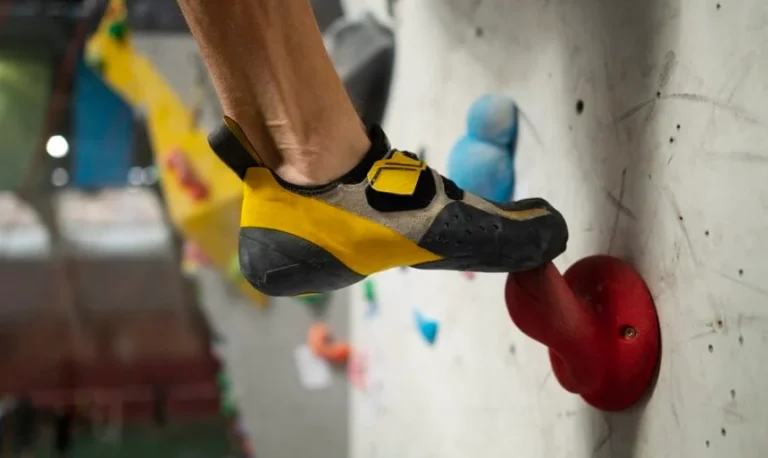Pay per clicks and SEO are a very important aspect in ensuring that traffic to websites is created. But, interestingly, many of the decisions made in web design can actually be damaging to the site’s SEO and search ranking.
Here, we focus on five mistakes in website design that can harm SEO, and which you should consider, or avoid, when building or redesigning a site by the best SEO company Long Island.
This approach also helps to determine the credibility of the site, to enhance the accessibility and navigation and, finally, allows pages to be ranked higher in search engines.
Unfavorable Website Loading Speed
First of all, slow loading of the page is very detrimental to SEO along with the fact that crawling bots will not wait for the loading to complete. Reduce the loading time of web pages.
Use image optimizers, video optimizers, minimize file size, and use site caching. As well, to reduce the amount of HTTP requests used, optimize code concatenation, and image sprites.
Monitor the speed of the test site and look for the page load under three seconds. Page loading is an essential factor that indicates quality to the search engines and increases the user satisfaction.
Keyword Loading The Most Frequent Extreme Of Keyword Use
Moreover, to peer very many keywords crammed in between kami and pencil look spammy to the search engines. Avoid the practice of forcing the keyword into every nook and cranny of the page; work on creating instead useful and engaging web page text.
Target terms have to be placed organically in the title, in headers, in the names of images, URLs, meta descriptions, and relevant body texts. This in turn generates positive user signals.
Make sure it doesn’t exceed 5% and is stylistically pleasing to the eye. It is far better to spread keywords and take a uniform approach with locales or sections on optimized pages instead of keyword stuffing in a specific area.
Unreachable Website Structure
In addition, complicated navigation makes bots unable to crawl all the pages of the site. Crawl barriers are created through the use of launchpad pages, too many dropdowns, complex sitemaps, poorly named URLs and hidden text.
Make site architecture flatter with link-friendly designs present with the help of the experts like Long Island local SEO. All page should be accessible through site wide links and a sitemap.
In simple and concise terms, Descriptive URLs summarize the topic or the focal point of a given page. Well-structured and well-organized structure of web site helps upgrade bot crawl for improved indexation.
Ensure Better Internal Linking
Second, poor internal linking does not form site structure associations. Effectively link related contents on the different pages using different anchor text and industry specific terms.
This also helps strengthen connections associative for search engines by broadening from what the topic is. Do not use more generic links such as ‘click here’ as it loses focus of the page.
But, assure link keywords and phrases to afford with regard to theme to pages that handle that specific subject matter. It also means that this increased topical information linking assists in the process of transforming pages into more credible sources.
Poor Metadata
Lastly, weak page title, description, and heading options give very little information to the search bots. Composing excellent title tags within 60 characters, leading necessary keywords at the start.
Descriptions should provide unique and brief semantic information on page focus in 160 characters and with keyword prominence. Headers help to stress keywords, don’t use only such names as “2,” “Second page” etc.
It also assists organized and efficient metadata so that the pages are linked to the correct searcher intents via comprehensive, keyword filled snippets.
Conclusion
To summaries, general errors of web design such as slow rate, excessive keyword use, intricate structures, inadequate links between pages, and primary metadata significantly reduce site SEO.
Recognize the following mistakes whenever you are creating a new site or redesigning one. Make structures and contents of a site as suitable for Search Bots as for the visitors.
This is far better for conveying page focus, establishing relevance to the topic, and boosting rankings – and, therefore, interception of genuine, fit traffic via organic search in the long term.




